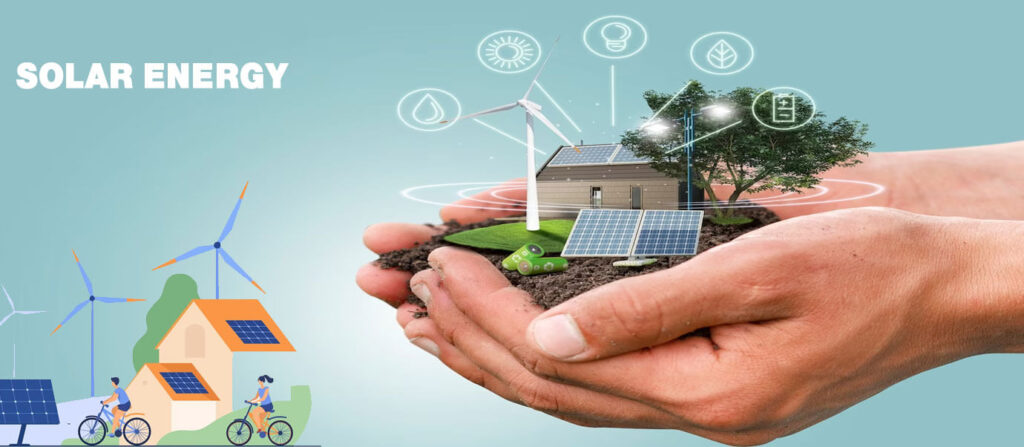
Interim Budget 2024: Explained
Interim Budget 2024: Explained
On February 1, India’s Union Finance Minister, Nirmala Sitharaman, delivered the Interim Budget 2024, marking a crucial milestone as the final budget before the impending general election. Given that it’s an election year, a full budget is not presented, as the incoming government is expected to introduce a new budget. The Interim Budget highlights policy directions, priorities, fund allocations, and initiatives that will influence India’s growth trajectory.
Key takeaways:
1. Taxation: the biggest talking point in every budget, saw no change. This means your present income tax slabs remain the same as last year. The direct tax collections have also swelled 2.4 times, according to Ms. Sitharaman. The biggest highlight under taxation is that the government will withdraw old Income Tax demands. “There are a large number of petty, non-verified, non-reconciled or disputed direct tax demands, …as far back as the year 1962, causing anxiety to honest tax payers and hindering refunds of subsequent years.” the Finance Minister said. This will bring relief to almost 10 million honest taxpayers.
2. Viksit Bharat: The government wants India to become a developed economy or a ‘Viksit Bharat’ by 2047, the year India completes 100 years of independence. It’s an ambitious target to have considering the many challenges along the way. Global Affairs are becoming more complex and challenging with wars and conflicts, globalization is being redefined along with fragmentation of supply chains and competition for critical minerals and technologies set a new world order especially after the Covid pandemic.

3. Focus areas: The Finance Minister followed Prime Minister Modi’s vision of a developed India with four focus areas: the poor, the women, the youth and the farmers. The budget assured that policies are being crafted around these four groups to bring about their upliftment and welfare. This aligns with the Prime Minister’s vision of a Viksit Bharat which was a recurring theme throughout the speech.
4. Poverty: is where people experience poverty due to various reasons like lack of basic necessities or being forced to pick an inferior school for their child or when they cannot afford proper treatment. The government wants to tackle poverty by making them empowered partners in the development process. The government says it is showing results in the last 10 years and is set to have uplifted 250 million people. The idea is to reduce poverty in every shape and form.
5. Tech-savvy youth: will witness a golden era. A corpus of Rs 1 lakh crore will be established with a 50-year interest free loan. It will provide long term financing and refinancing with long tenures at low or nil interest rates. This will also encourage the private sector to scale up research and innovation.
6. Homeownership: The government aims to enhance the affordability of homeownership through a new scheme tailored for the middle class. Furthermore, an ambitious commitment has been made to construct 20 million houses, with the anticipated construction timeline spanning five years.
7. Solar Energy: A substantial effort is underway to advance solar energy adoption via rooftop solarization. The strategy involves identifying one crore houses eligible to receive solar panels, accompanied by a monthly allocation of 300 units of complimentary power. This initiative not only alleviates strain on power grids but also facilitates the shift towards sustainable energy practices, resulting in reduced electricity bills for consumers.

8. The fiscal deficit: which demarcates the amount of money the government borrows from the market, has been set at 5.1% of GDP. Though this ambition is welcome it places a big bet on disinvestment and is likely to bring down the cost of borrowing for the private sector. However, it leads to two key questions: how is this fiscal consolidation being achieved, and what will be its impact on growth?
9. Women Healthcare: workers at the grassroots will get health insurance. The government is also in talks to reduce the cost for cervical cancer vaccines to focus on the financial well-being of women. Empowerment of local self-help women groups and their members, known as Lakhpati Didi or prosperous sisters, is encouraged and to earn a minimum of 100,000 rupees every month. The government will allocate more money to such groups from $240,000 to $360,000.
10. Mudra Scheme: The government says it has delivered more than $110 million and over $260 billion in loans to 430 million people under the Mudra Scheme. These are special loans designed to serve small enterprises and companies that work at the grassroot levels. According to the budget more than $400 billion have been deposited directly into the bank accounts of beneficiaries which put an end or minimized leakages and led to savings for the government. 7.8 million vendors have been given credit assistance, women have been allocated houses under a central government scheme and 70% of all rural houses went to women which accounts for some of the major achievements that the budget talked about.
In her sixth budget presentation, comprising five annual and one interim budget, Nirmala Sitharaman’s 2024 Interim Budget stands out as a proactive agenda centered around reforming, performing, and transforming India. Her vision distinctly prioritizes the upliftment of marginalized communities and the common citizens, placing them at the forefront of her policy initiatives.

